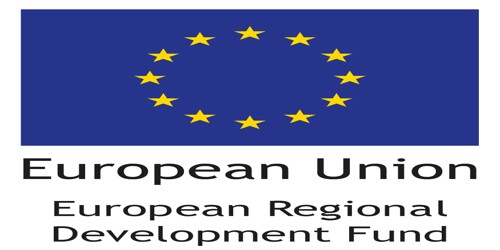Organizational Structure of European Union (EU)
The largest and most comprehensive of the regional economic groups is the European Union (EU). EU is which the member states of the EEC are evolving. Based on the Maastrict Treaty, it envisions the eventual establishment of common economic, foreign, security, and justice policies. The EU is a unique institution; its members are sovereign nations that have agreed, to use their power. The EU can be characterized by both as an “intergovernmental government” and as a “Super national government”. The EU is governed by four organizations that perform as executive, administrative, legislative, and judicial functions.
- The Council of the European Union.
- The European Commission.
- The European Court of Justice.
- The European Parliament.
The points are discussed below-
The Council of European Union: The council of the European Union is composed of 15 representatives, each selected directly and responsible to his or her home government. Representative country sends to a council meeting depends on the council’s agenda. The council is the EU’s most. Each representative pursues the interests of his or her home government. The council is strong power reflecting. The reluctance of the member states surrender power to Brussels on issue they view as vital to the national interests.
The European Commission: The European commission is composed of 20 people selected for five year term. The smaller EU countries each nominate one citizen to serve on the commission. The larger countries select two. Once these Individuals are in office, however their loyalty is to the EU itself not to their home countries. The commission’s primary mandate is to be the “Guardian of the Treaties” The commission also acts as the EU’s administrative branch and manages the EU’s $ 100 billion annual budget. Its functions include the following:
a) It proposes legislation to he considered by the council.
b) It implements the provisions of the Treaty of Rome and other EU treaties.
c) It protects the EU’s interest in political debates, particularly in council deli be rations.
d) It has extensive powers in implementing the EU’s customs union, the common agricultural policy, and the completion of the internal market.
The European Parliament: The parliament is composed of 624 members who are elected in every five years. And its membership is based on countries population. The three major responsibilities of the parliament are-
a) Legislative power.
b) Control over the budget.
c) Supervision of executive decision.
The commission prevents community legislation to the parliament. Parliament must approve the legislation before submitting it to the council for adoption. However it has used its budgetary powers to enlarge its influence within the EU’s governing institutions.
The European Court of Justice: The court of justice ensures consistent interpretation and application of EU treaties member states. EC institutions or individuals and companies may bring cases to the court. The court of justice is an appeal court for individuals. Firms and organizations fined by the commission for infringing of treaty laws. The court is required to hear every case referred to it even minor disputes over trade regulation and export issues.
















